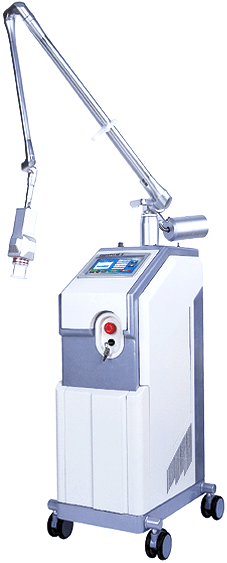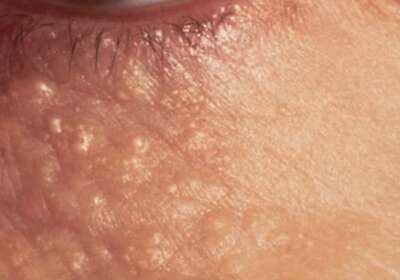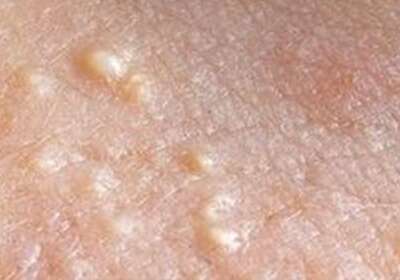Lutronic eCO2 & Fotona Erbium Lasers
Common Indications of the CO2 Laser:
- Surgical Removal of skin growths
- Acne/surgical scar revision
- Assisted drug delivery
- Skin tightening
- Wrinkle reduction
- Pore Reduction
- General Rejuvenation and textural improvement

These ablative lasers are used in minor dermatological surgery for the removal of:

Skin tags

Benign mole

Syringoma

Milia

Seborrheic Keratosis

Sebaceous Hyperplasia
When the beams of the laser are fractionated into tiny columns of energy, it can be used to safely treat scars. The CO2 laser is in fact still the Gold Standard in acne scar management and skin rejuvenation.

These fractionated beams of heat ablate down to the deeper layers of skin, creating channels of deliberate, controlled heat injury. This breaks down old scar tissue, but also leaves areas of healthy tissue to aid in scar healing and remodelling.Compared to previous non-fractional CO2 laser treatments (where the whole area of skin was ablated instead of just portions of it), side effects and downtime are significantly minimised while still promising good results.
At lower energies, the eCO2 laser also provides good rejuvenative potential for older, wrinkled skin, as well as mature stretch marks.
FAQs
1. Is the laser painful?
The eCO2 laser is an ablative laser and therefore requires topical anaesthesia with numbing cream. This is applied for 20-30 minutes prior to the procedure, after which minimal discomfort is felt during treatment.
2. How long does each session take?
Lesion removal and acne scar treatment time depends on the number and severity of the problem. Sessions can generally take between 10 minutes to 30 minutes excluding time required for numbing.
3. Is there any downtime?
Removal of growths will produce a small defect in the skin or a scab that will take between 7 to 14 days to heal, depending on the size of the initial growth.
For mild general rejuvenation, slight pinkness and mild peeling can be expected for 3 to 5 days.
When used in its fractional mode for scarring, downtime of redness and peeling can last anywhere between 3 to 14 days.
4. Are there any possible side effects?
All lasers have potential side effects, and these irritation, redness, scabbing and sometimes infections of post-laser wounds.
Post-laser skincare is of utmost importance and recovery serums/antibiotic creams/LED therapy is provided to ensure recovery with as minimal hiccups as possible.
5. Are the results from the laser permanent?
The longevity of results depends on the problem being managed:
a. Depending on the type of growth removed, rate of recurrence is variable. Skin tags, seborrheic keratosis and milia, when removed well, are largely permanent. Sebaceous hyperplasia and syringomas are more difficult to get rid off and tend to recur sooner.
b. Skin rejuvenation – The skin is a living organism that lives and dies; it is constantly being replaced from deeper down. As such, rejuvenative procedures have a time span and re-treatment every 4 to 12 weeks is recommended.
c. Acne scars – Acne scar treatment requires strong ablative powers. This results in more permanent collagen remodelling and resurfacing of scars. Results are largely permanent, and optimal results are seen after a series of 5 to 6 treatments, each spaced 1 to 2 months apart.
6. How many sessions are required?
Again, Depending on your issue, sessions required will vary. Lesion removal typically requies 1-3 sessions, while resurfacing for scars will require monthly treatments over 4 to 6 months. Patients looking to maintain rejuvenated skin will benefit from a session every 4 to 12 weeks.





